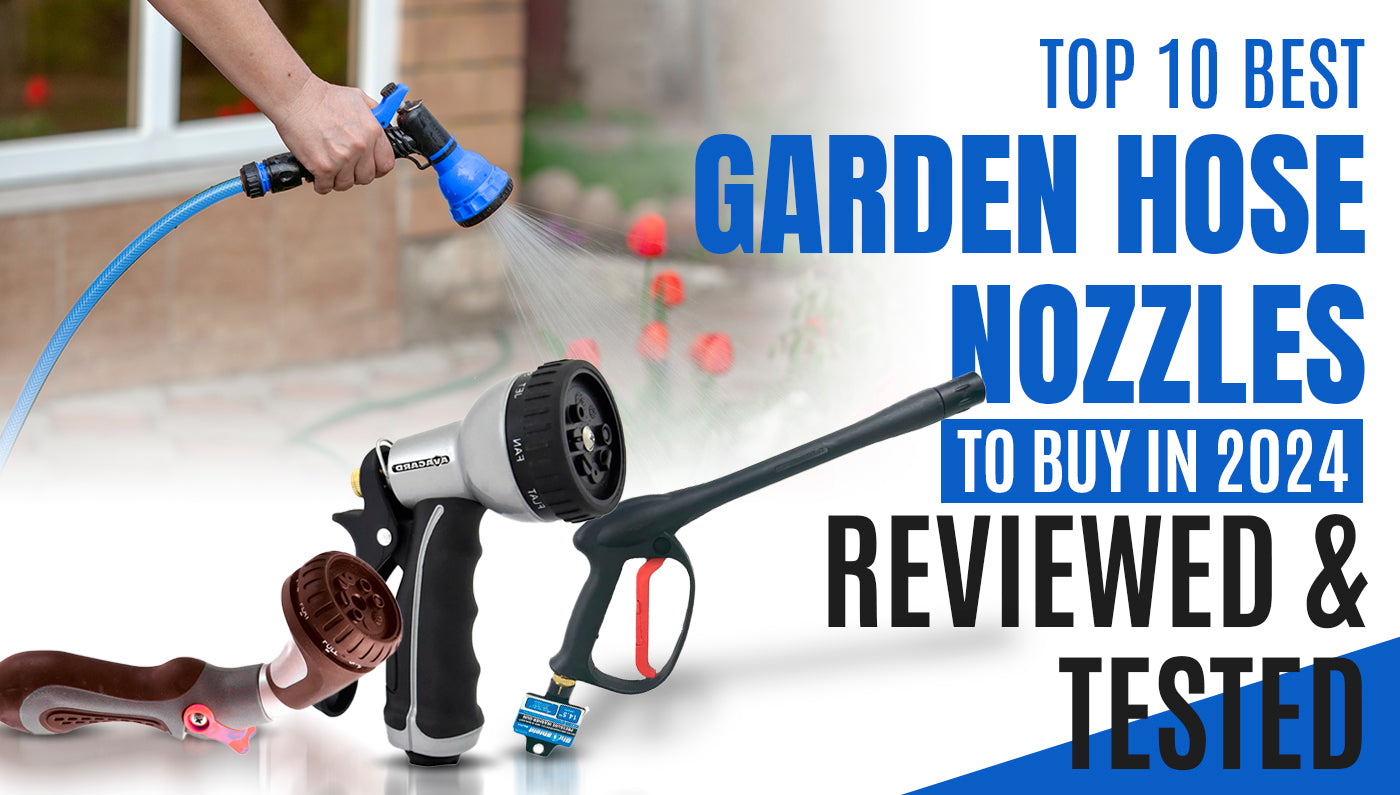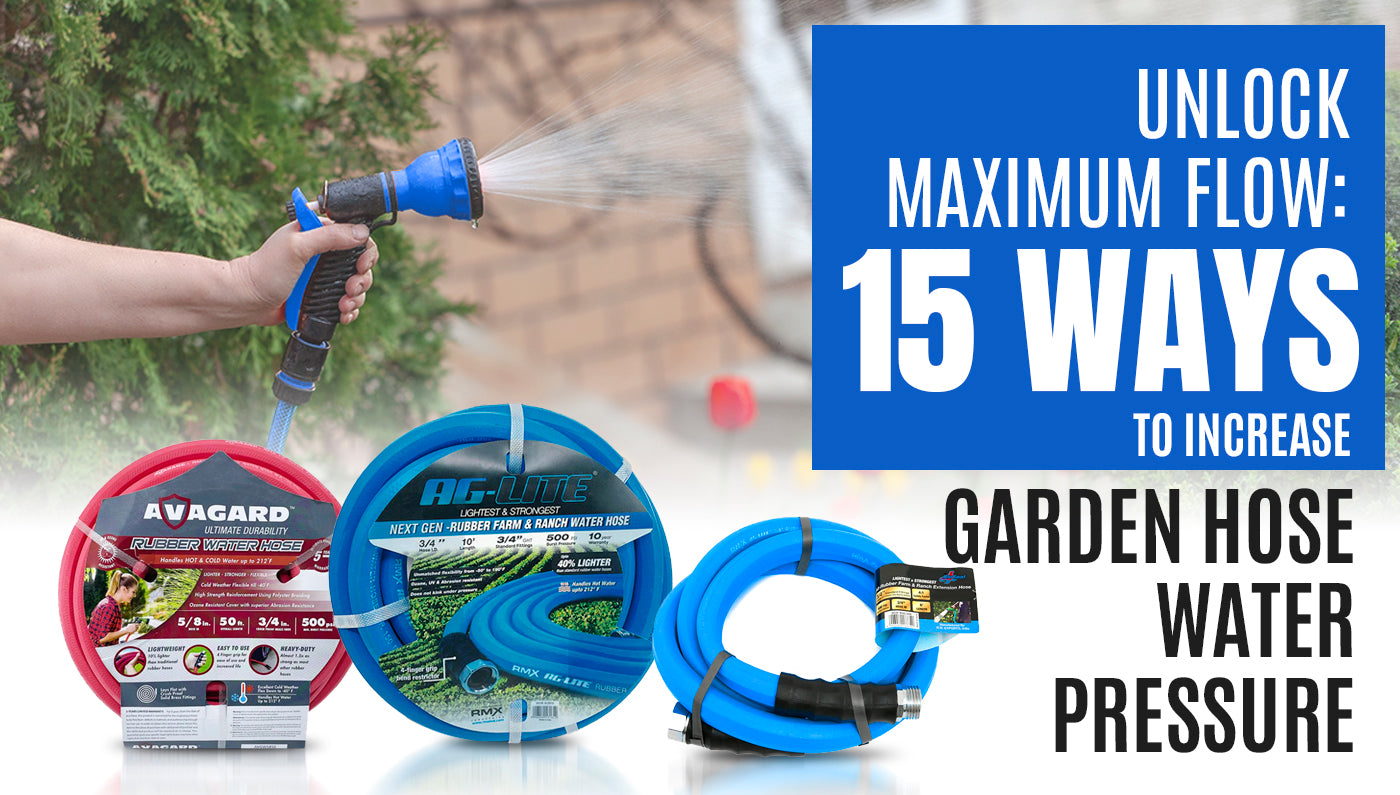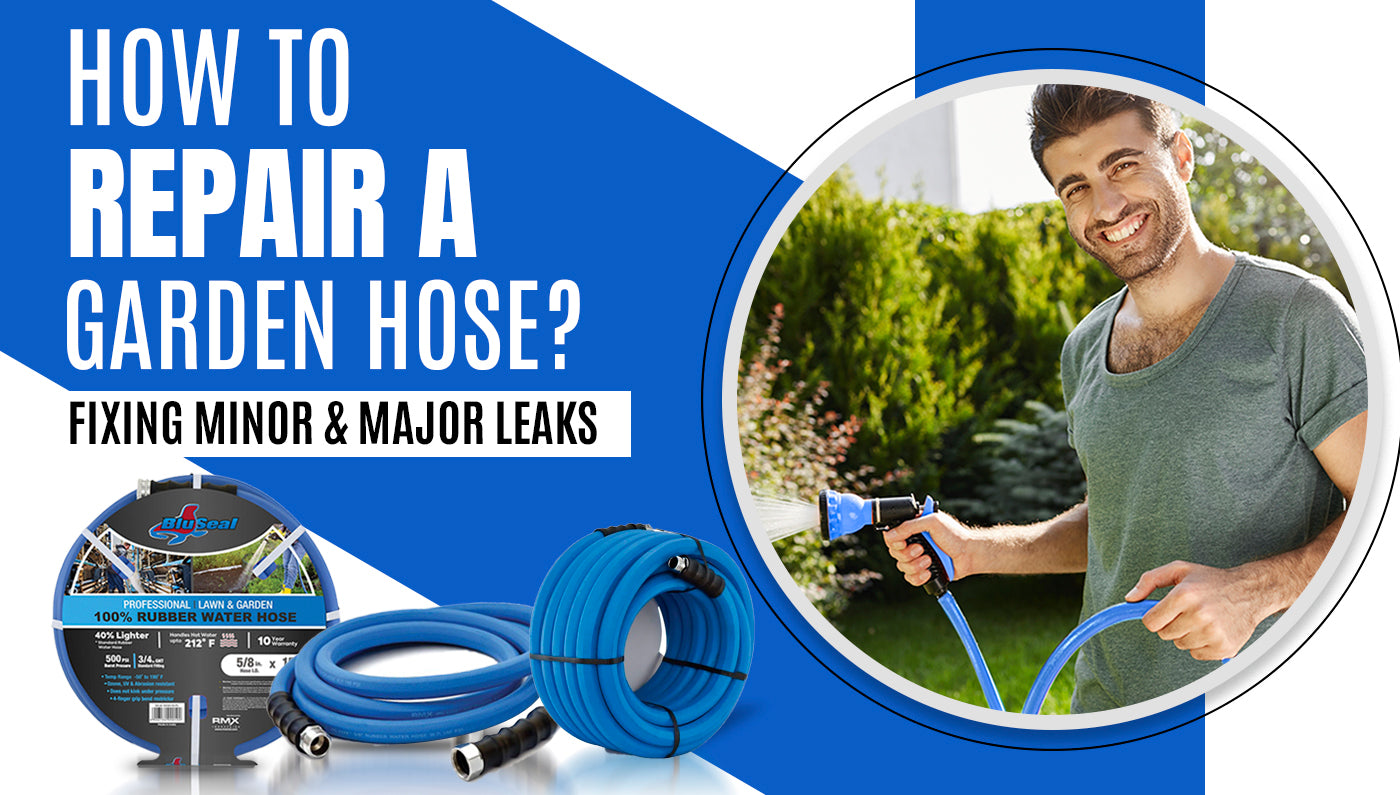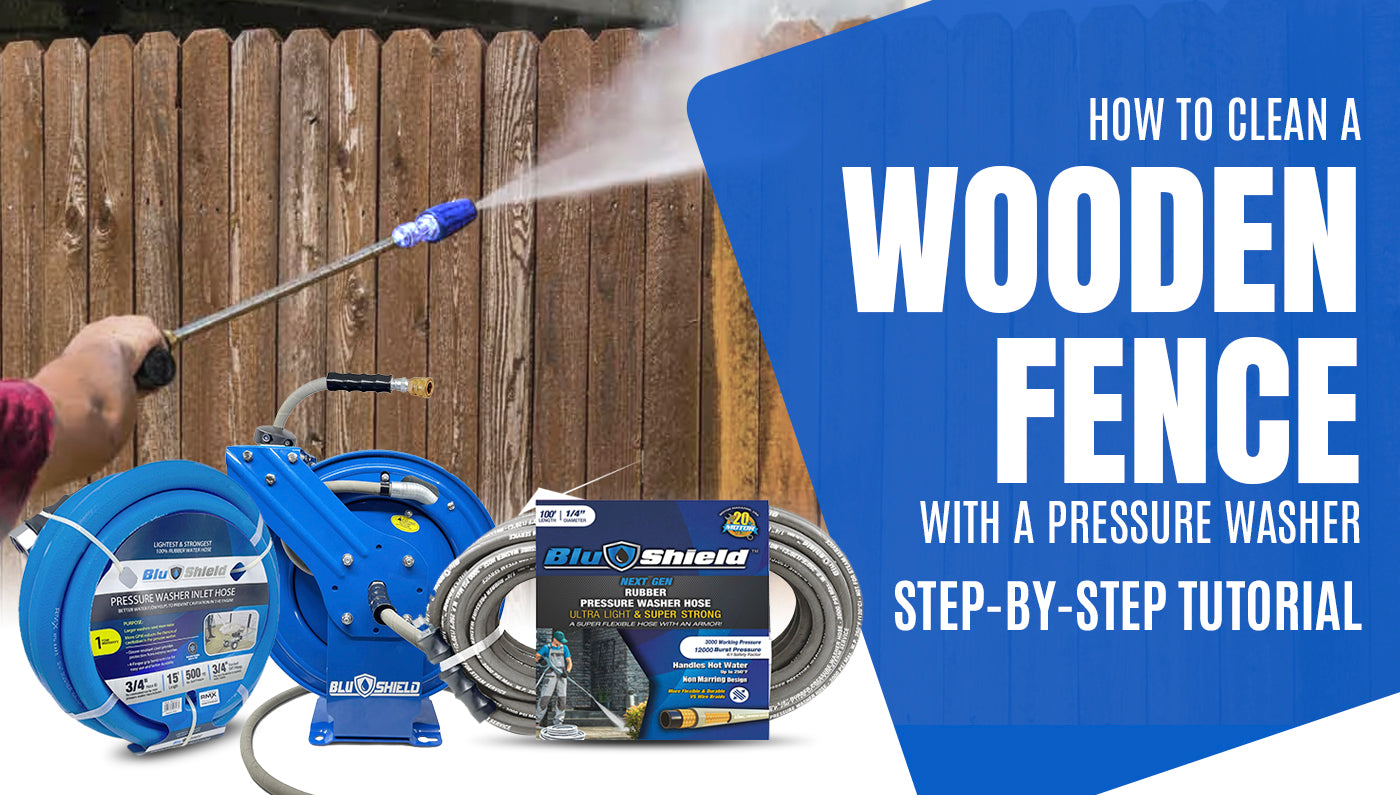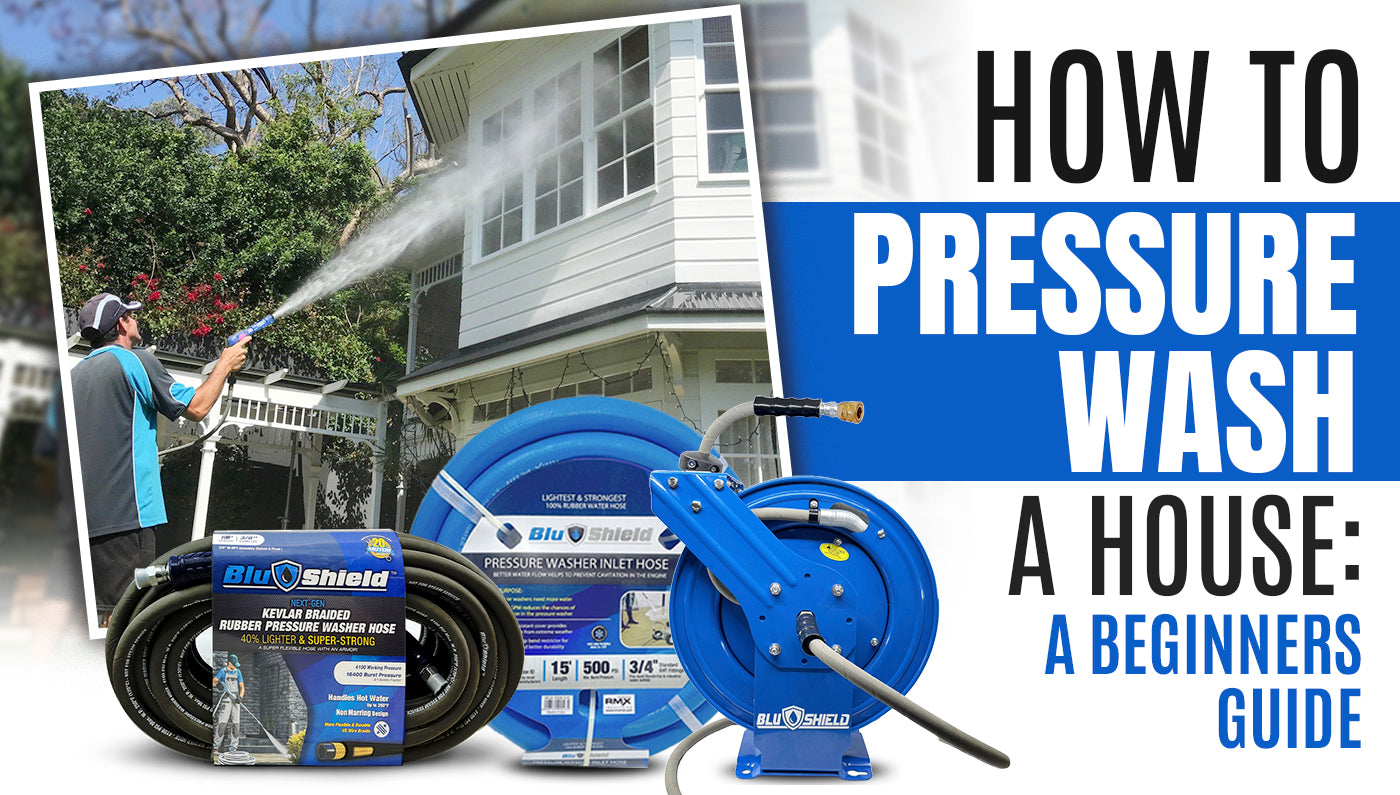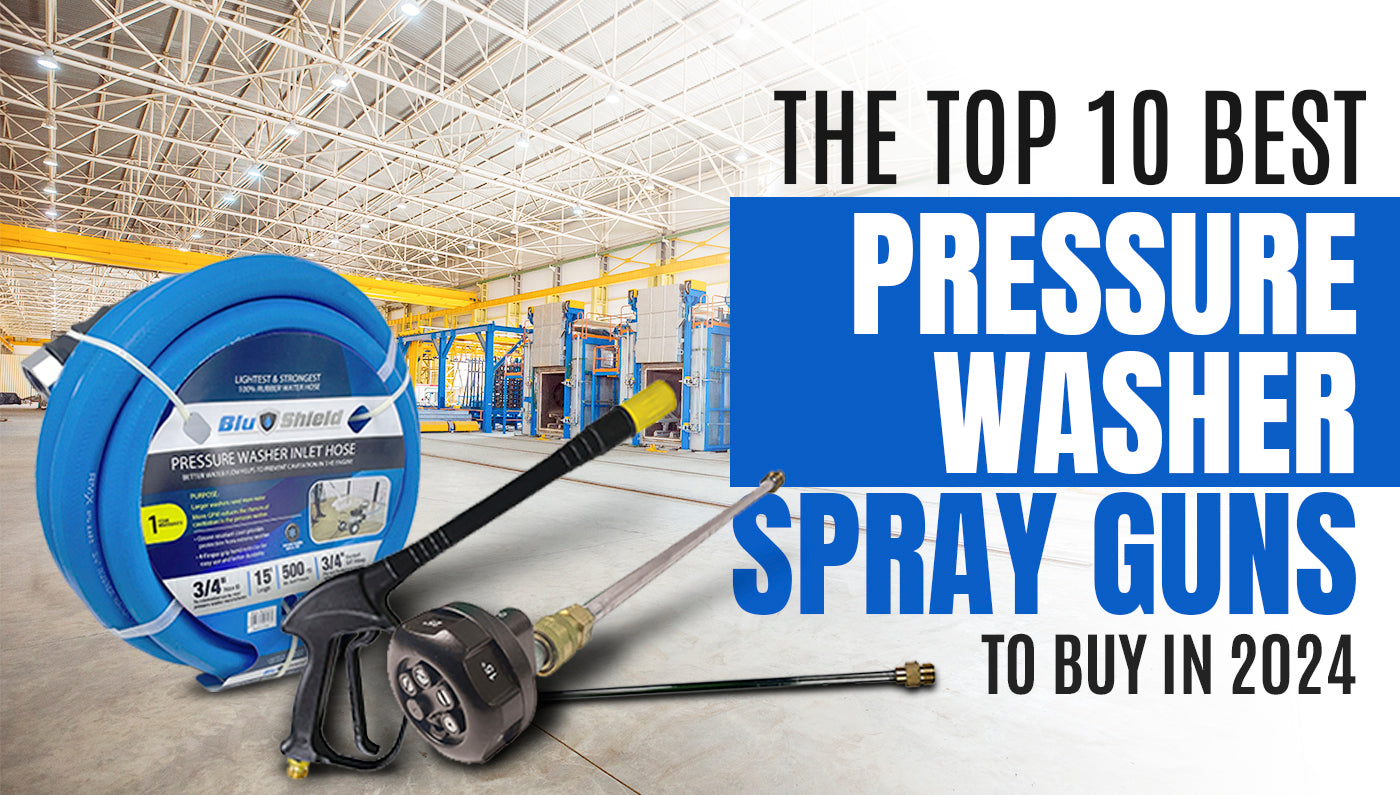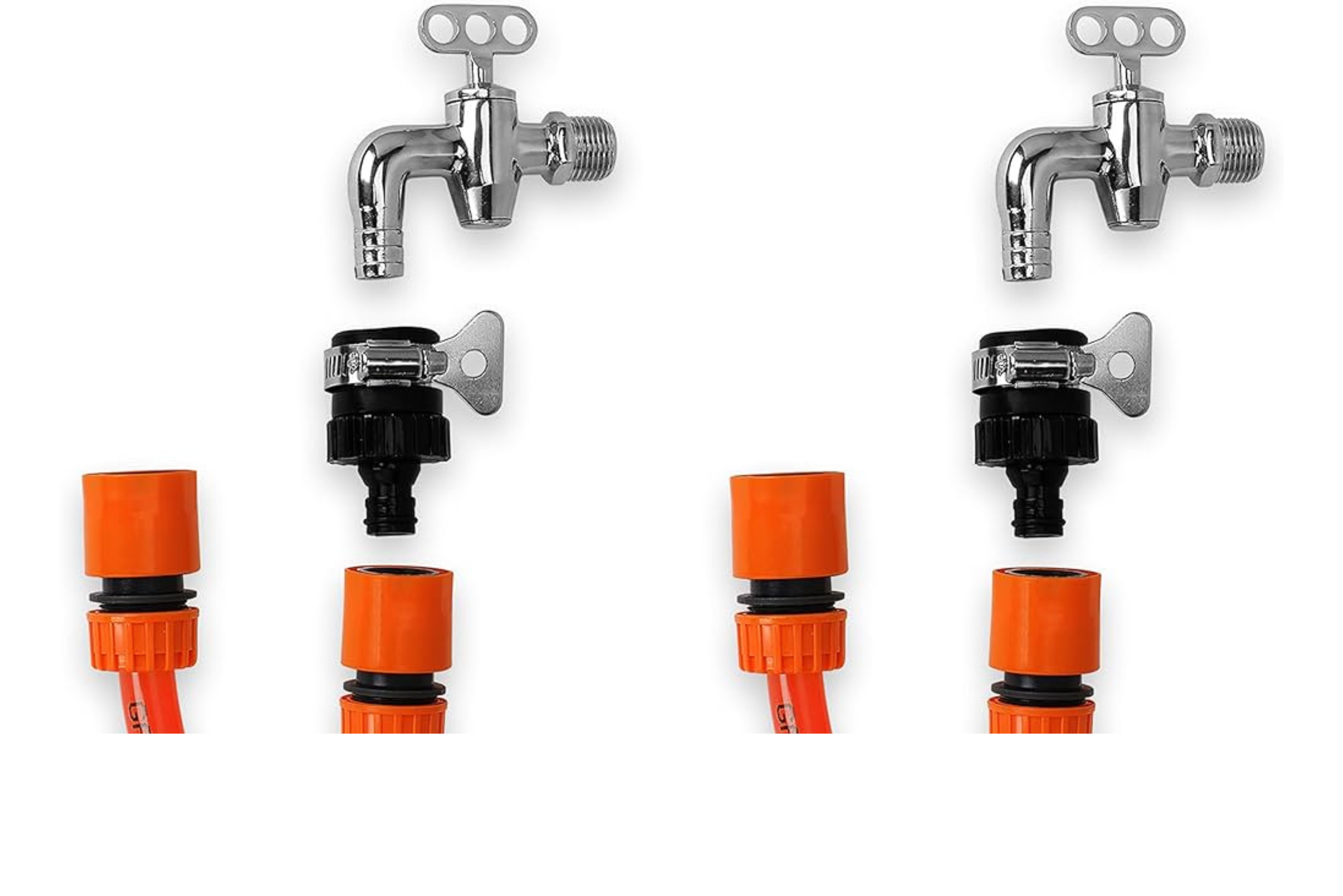
Why Fittings and Adapters are Important for Water Hoses?
If you're lucky enough to have a garden, lawn, or any type of outdoor space requiring regular watering, chances are you own a water hose. However, do you possess the necessary water hose fittings and adapters to connect your hose to various sources like water taps, spigots, sprinklers, nozzles, or other attachments? If not, you might not be leveraging the full potential of a flexible and efficient hose system.
Water hose fittings and adapters, while small, play a crucial role in tailoring your hose to meet specific needs. They not only allow for the repair and extension of your hose but also help in preventing leaks and enhancing water flow. Through this blog post, we aim to guide you through the fascinating world of hose fittings and adapters, detailing their types, applications, and offering advice on selecting the perfect ones for your hose setup.
The World of Hose Fittings: Types and Uses
Understanding the material composition of hose fittings is crucial before making a purchase or using them. Each material offers unique benefits and drawbacks tailored to various needs and preferences. Here, we explore some prevalent materials for hose fittings and their distinct qualities:
- Plastic: Known for being lightweight, affordable, and user-friendly, plastic fittings are perfect for applications where pressure is low. They boast impressive resistance to corrosion and rust. Yet, their durability can be compromised by sunlight, temperature changes, and physical impacts, leading to cracks, breaks, and leaks.
- Metal: Offering enhanced durability and reliability, metal fittings outperform their plastic counterparts in high-pressure and high-temperature scenarios. Their longevity is a significant advantage, though they come with a higher price tag, additional weight, and increased installation difficulty. Certain metals like steel and iron may corrode unless treated with coatings or galvanization.
- Brass: A favored metal choice for hose fittings, brass is a robust copper-zinc alloy known for its superior strength, durability, and anti-corrosion properties. It excels under high pressure and temperature without succumbing to rust or tarnish. Brass fittings, which provide seamless connection and disconnection, are not only aesthetically pleasing but also most suitable for a vast array of water hose uses, including those involving drinking water.
Solid Brass Connectors: The Premium Choice for Durability
For top-tier quality and performance in hose fittings, solid brass connectors are unmatched. Crafted from pure brass without any diluting fillers, these connectors boast a greater density, strength, and durability compared to other brass varieties potentially mixed with lead or tin. They stand up exceptionally well against corrosion, wear, and deformation, promising years of reliable service without losing their integrity or functionality.
Notable examples include [heavy duty brass repair female to female double female dual water hose connector] [brass garden hose connector repair mender kit with stainless clamp], and [solid brass garden hose fittings connectors adapter heavy duty brass repair female to female double female dual water hose connector]. Designed to repair or extend hoses, these connectors enhance water flow and prevent leaks, ensuring easy installation and compatibility with the majority of standard hoses.
Quick-Connect Systems: Enhancing Hose Utility
Quick-connect systems transform the way you connect and disconnect your hoses and accessories, enabling a hassle-free process without the necessity for tools or excessive force. This innovation not only streamlines setup and changes but also minimizes leak and potential damage to both hoses and fittings. They are adaptable for various applications, allowing seamless transitions between different nozzles, sprinklers, or faucets as required.
Key examples of quick-connect systems include [garden hose quick connector brass 3/4\" GHT thread water hose fittings adapters], [garden hose quick connector 3/4 inch plastic water hose fittings male and female connectors hose end adapters], and [garden hose quick connector 3/4 inch plastic garden hose quick connect fittings male and female connectors water hose end adapters]. Available in brass or plastic, these systems offer ease of use and are compatible with most standard hoses.
Adapters: Bridging the Connection Gap
Have you ever needed to connect your hose to something unconventional, like a faucet, sprinkler, or another hose? That's where adapters shine. They are versatile fittings designed to modify your hose's size, shape, or thread type, making it compatible with different systems. Adapters are particularly useful in transitioning between various standards like GHT and NPT, ensuring a seamless connection.
GHT vs. NPT: Navigating Thread Types
Specialty Adapters: Expanding Your Hose's Capability
Adapters go beyond merely altering thread types; they elevate your hose's functionality to meet diverse needs. With a [Y-adapter], you can branch your hose into two outputs, or use a [shut-off valve adapter] to regulate its water flow effortlessly. Quick connections are made possible with a [camlock adapter], allowing for tool-free attachment and detachment of your hose and its accessories. Should you need to repair or lengthen your hose, adapters like a [hose mender] or a [hose coupler] are invaluable. Available in brass or plastic, these adapters come in different sizes and shapes to fit your specific requirement.
IBC Tank Fittings: For Large-Scale Water Management
For those dealing with substantial volumes of water, IBC tanks are a go-to solution. An acronym for Intermediate Bulk Container, these reusable industrial vessels can store up to 1000 liters of liquid, ideal for rainwater harvesting, irrigation, fire control, and more. Connecting a hose to an IBC tank requires an appropriate IBC adapter, matched to the tank's outlet valve type. These valves come in various threads, such as S60x6, S75x6, M80x3, and S100x8, indicating the size and pitch. Measure your valve carefully to select the proper adapter, and decide on the connection type you prefer for your hose, like BSP, camlock, or hose tail. For instance, an [S60x6 female IBC fitting to BSP male adapter] makes it easy to hook up your BSP hose to an IBC tank.
Choosing the Right Fittings and Adapters for Your Hose
Understanding the vast array of hose fittings and adapters is one thing, but selecting the perfect match for your needs is another challenge entirely. Material, size, pressure, temperature, and compatibility are critical considerations. We’ll guide you through choosing the ideal fittings and adapters for your hose with some practical tips and guidelines.
Factors To Consider When Selecting Fittings and Adapters
Begin by familiarizing yourself with your hose's specifications, including outside diameter, wall thickness, and working pressure, as well as the type and size of the connection you're aiming for (thread type, shape, angle). Consider these following aspects to refine your choices:
- Material: Ensure the material of the fittings and adapters either matches or surpasses your hose's material. For example, use brass or stainless steel, not plastic, for rubber hoses. Choose materials compatible with the fluid being conveyed and that can withstand your working environment.
- Size: Match the fittings and adapters' size with your hose and connection. The fitting or adapter's nominal diameter typically represents the approximate inner diameter, but always check the manufacturer’s specifications and measure before purchasing.
- Pressure: The pressure rating of your fittings and adapters should meet or exceed your hose and the overall system’s capabilities. Always refer to the manufacturer’s guidelines and perform a pressure test to ensure safety.
- Temperature: Opt for fittings and adapters that can handle the temperature range of your hose and the conveyed fluid. Verify the temperature capacity mentioned in the manufacturer's specs to avoid any risk of melting, cracking, or deforming.
- Compatibility: Choose fittings and adapters that can effectively connect with the hose and system. Compatibility is often determined by the thread type, connection shape, and the presence of seals. Verify with standards like SAE, ISO, or DIN to ensure a perfect fit.
Maintenance and Care Tips for Hose Fittings and Adapters
After selecting and installing the correct fittings and adapters, maintaining them is crucial for their performance and lifespan. Here are several maintenance tips:
- Inspect: Regularly check for wear, damage, or loose connections and address any issues immediately to prevent further damage.
- Clean: Periodically remove dirt and debris with a soft cloth, brush, or mild detergent, ensuring you rinse and dry them afterward.
- Test: Occasionally assess the functionality and reliability using pressure gauges or thermometers to match the system requirements with manufacturer specifications.
- Replace: Follow the manufacturer’s guidelines for replacement intervals, ensuring you select the correct types and sizes for replacements.
- Store: Keep unused fittings and adapters in a cool, dry, and clean space to protect them from environmental damage.
Innovations in Hose Fittings and Adapter Designs
The hose fittings and adapters industry is on a constant path of evolution, bringing about innovations that meet the modern market demands. Recent advancements include:
- Corrosion-resistant plating: New plating technologies like zinc-nickel offer enhanced corrosion resistance, extending service life and reducing maintenance costs.
- Metal seal fittings: Innovations like the Seal-Lok Xtreme use metal seal rings for leak-free connections in high-temperature and high-pressure environments.
- Quick-connect systems: Enhanced quick-connect systems facilitate easier and faster connections, such as the Push-Lock mechanism requiring no additional tools or twisting effort.
Conclusion
We've taken a journey through the ins and outs of water hose fittings and adapters, showcasing how they can elevate the versatility and functionality of your hose for various uses. Along the way, we've discussed how to select the perfect fittings and adapters, considering aspects like material, size, pressure, temperature, and overall compatibility. Plus, we've offered practical advice on maintaining your hose fittings and adapters to ensure their longevity and shared insights into the latest advancements in their design.
We hope you've found this blog post enlightening and beneficial, leaving you with a deeper understanding of the water hose fittings and adapters sector. If you're looking to purchase or learn more about any products mentioned, we invite you to explore our website or reach out to us directly. With an extensive selection of top-notch and cost-effective water hose fittings and adapters, along with perks like free shipping, swift delivery, and impeccable customer service, we're here to satisfy all your hose-related needs. Don't miss out—order from us today and experience the advantages of a superior and adaptable hose system.
